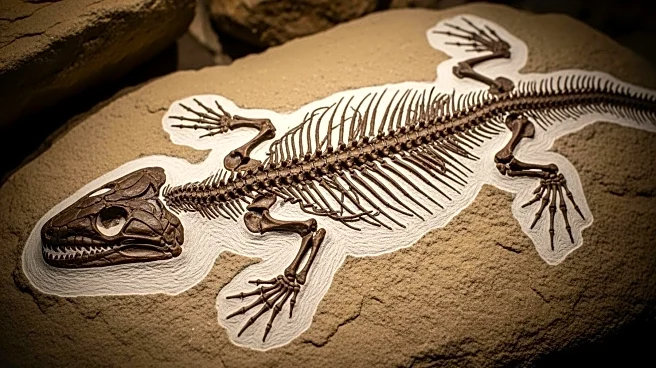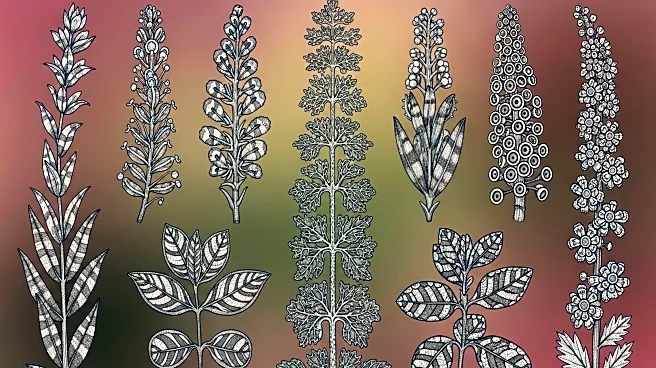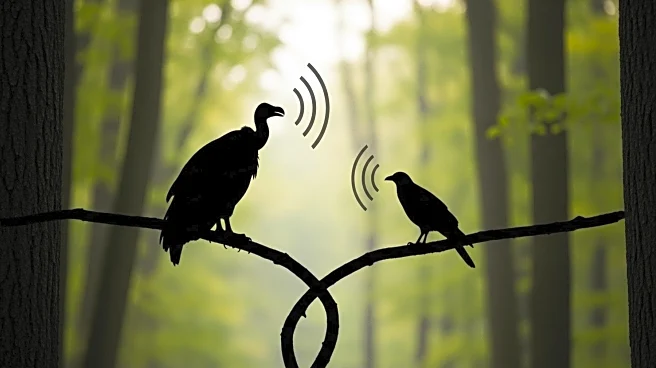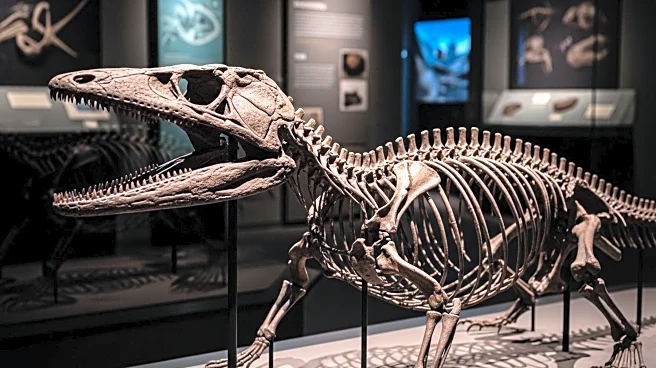What's Happening?
An international team of researchers has discovered that birds across different continents and evolutionary backgrounds share a similar learned vocal warning to identify parasitic threats near their nests. This study, published in Nature Ecology and Evolution, is the first to document an animal vocalization that combines both learned and innate components across multiple species. The research focused on brood parasitism, where birds like cuckoos lay eggs in other species' nests. The study found that over 20 bird species across four continents produce nearly identical 'whining' calls when detecting parasitic birds. This vocalization serves as a learned response to an innate threat, highlighting a unique aspect of animal communication.
Why It's Important?
The findings challenge traditional views on animal communication by demonstrating a blend of learned and innate vocalizations, suggesting a potential evolutionary pathway for complex communication systems. This research provides insights into how natural selection influences vocal communication and cooperative behaviors among species. Understanding these communication systems can shed light on the evolution of language and social interactions in animals, offering parallels to human language development. The study also emphasizes the importance of vocal communication in ecological interactions, particularly in environments with high brood parasitism.
Beyond the Headlines
The study's implications extend to understanding the evolution of communication systems, suggesting that learned communication, like human language, may have evolved through integrating instinctive and learned elements. This challenges the perceived divide between animal communication and human language, offering a new perspective on how complex communication systems develop. The research highlights the role of social transmission in learning vocalizations, providing a model for studying the evolution of communication in other species.










